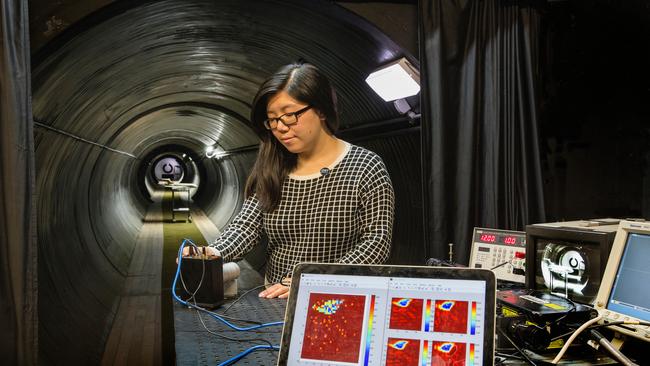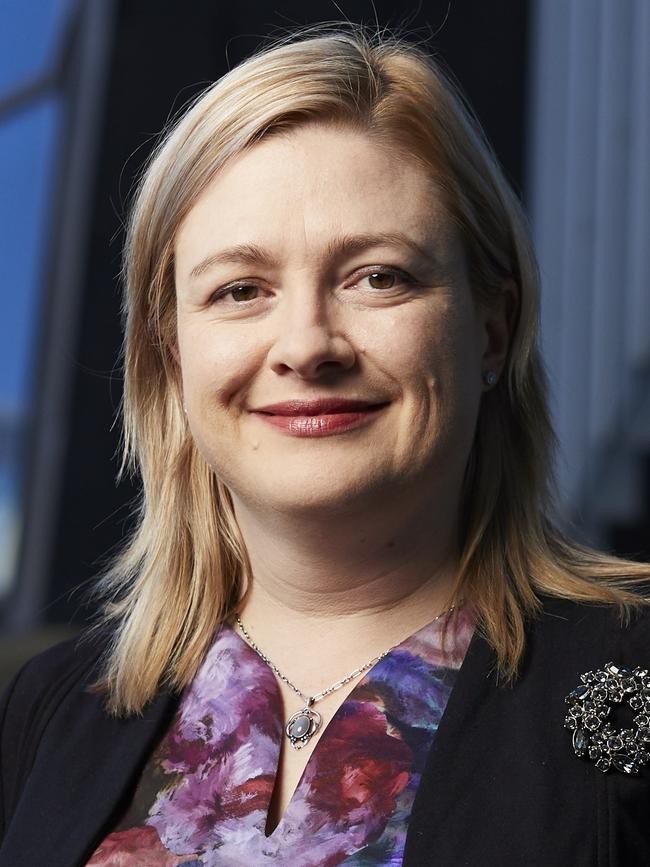Science is most valuable tool in understanding our environment
Governments are increasingly relying on evidence and data to make significant policy decisions and regulations to keep us all safe. Science is our most valuable tool in understanding our environment and predicting what will happen.

We are living in uncertain times where the current global COVID-19 pandemic has seen scientists all over the world working non-stop to achieve a vaccine for this deadly rampant virus. At the same time, other researchers and scientists are working on ways to improve, create and redirect existing technologies to assist the millions who are suffering.
Governments are increasingly relying on evidence and data to make significant policy decisions and regulations to keep us all safe.
Science is our most valuable tool in understanding our environment and predicting what will happen. And right now, with the world facing the threat of COVID-19, science is front and centre. But much of the science that is happening is not visible, and we have the opportunity to change that.
The renowned American astronomer, the late Carl Sagan, once lamented: “We live in a society exquisitely dependent on science and technology, in which hardly anyone knows anything about science.” This, unfortunately, remains true.
The world faces many challenges in the environmental, military and social spheres — and Australia is not immune to these challenges.
The global and regional context for Australia’s defence is changing significantly. Key factors include challenges to the rules-based order, blurring of state and non-state threats, military modernisation in the Indo-Pacific, global access to commercial off-the-shelf technology and the rapid progression of cyber capabilities and other disruptive technologies.
The Australian government is investing $200bn in Australia’s defence capability to counter these challenges. The Department of Defence, through its Science and Technology arm (DST), is working on major scientific projects to ensure the safety and security of all Australians.
To harness the outcomes of this science for Australia we need to focus on building a technology-enabled Australian Defence Force, Australian Public Service and Defence industry workforce.
People are the secret sauce required to come up with clever ideas and transform them into Defence capability outcomes.
The demand for a technologically skilled workforce is increasing across the globe and Defence is taking a stronger role in partnering and collaborating across government, industry and academia to secure a strong and diverse talent pool.
Developing a highly skilled innovative, collaborative and inclusive workforce is a critical part of our strategy, and STEM is where the careers of the future are.

We need graduates with skills in science, technology, engineering and mathematics (STEM). As a scientist myself, and now Defence’s Chief Scientist, this is a topic that is particularly close to my heart.
I was 14 when I discovered physics. A wonderful physics teacher inspired me, and I came to realise that physics combines my love of maths with my drive to be creative and solve problems. The way I see it is that maths is the language of the universe and physics gives us the structure and concepts we need to get a deeper understanding of our world.
Training as a scientist teaches us to follow our curiosity and pry insight out of data and evidence.
With a STEM background, you are geared to be always learning and creating and applying knowledge.
As a result, regardless of whether you work in a research lab, in government creating policy or in industry developing products and services, you can create and shape the future. And that’s exciting — you can make a difference.
Competition for people with STEM qualifications is tough. I encourage you to open the eyes of young people in your life to the possibilities of a STEM career.
Seventy-five per cent of the fastest-growing occupations in the world today require people with STEM skills.
In Australia, there is a growing dependence on the STEM workforce to drive innovation and ensure we remain competitive in a tough global economy. Unless we take action in the coming years our demand for STEM talent will not be met.
Defence, in particular, recognises that to meet the defence and national security challenges of the future, it’s critical that we build a world-leading STEM-capable workforce. Inspiring students to choose a career in STEM, particularly in Defence and Defence industry, is a high priority.
Defence has formed the Defence STEM Council with senior executives from the Defence Groups and Services, key stakeholders from the Department of Industry, Innovation and Science, and the Department of Education and Training, ensuring both a One Defence and broader whole-of-government approach. I have the privilege of chairing the Defence STEM council.
In 2019, we launched our strategic vision for our STEM workforce: “Moving towards a hi-tech future for Defence”. Through this vision we hope to address some of the key challenges confronting our nation.
We need to increase the ambition and motivation of students in STEM subjects. This requires us to recognise, celebrate and support our high achievers as well as lifting the numeracy and scientific literacy of our population as a whole.
We must ensure that we are accessing the best talent from all parts of a diverse Australian community to build the workforce.
Currently, women represent only 16 per cent of Australia’s STEM-skilled workforce. Defence is actively working to bring more young women into its ranks.
It is heartening to see that significantly more indigenous students are now enrolling in STEM courses, representing an 8 per cent annual increase. However, indigenous Australians are still under-represented in STEM courses and we remain committed to increasing participation.
An inclusive lens on STEM engagement is essential to increase the representation of women and indigenous Australians in STEM, leading to a stronger and more diverse STEM workforce.
Once we have a diverse and inclusive STEM workforce we will be more fully harnessing the talent of our nation.
As a major employer of STEM skills, you will see Defence taking a lead role in shaping the national STEM agenda and communicating our workforce needs for the future.
A society which embraces research and science, and incorporates the best scientific knowledge into its defence arena and other public policies, is a society where everyone benefits and is better off.
Tanya Monro is Australia’s Chief Defence Scientist


